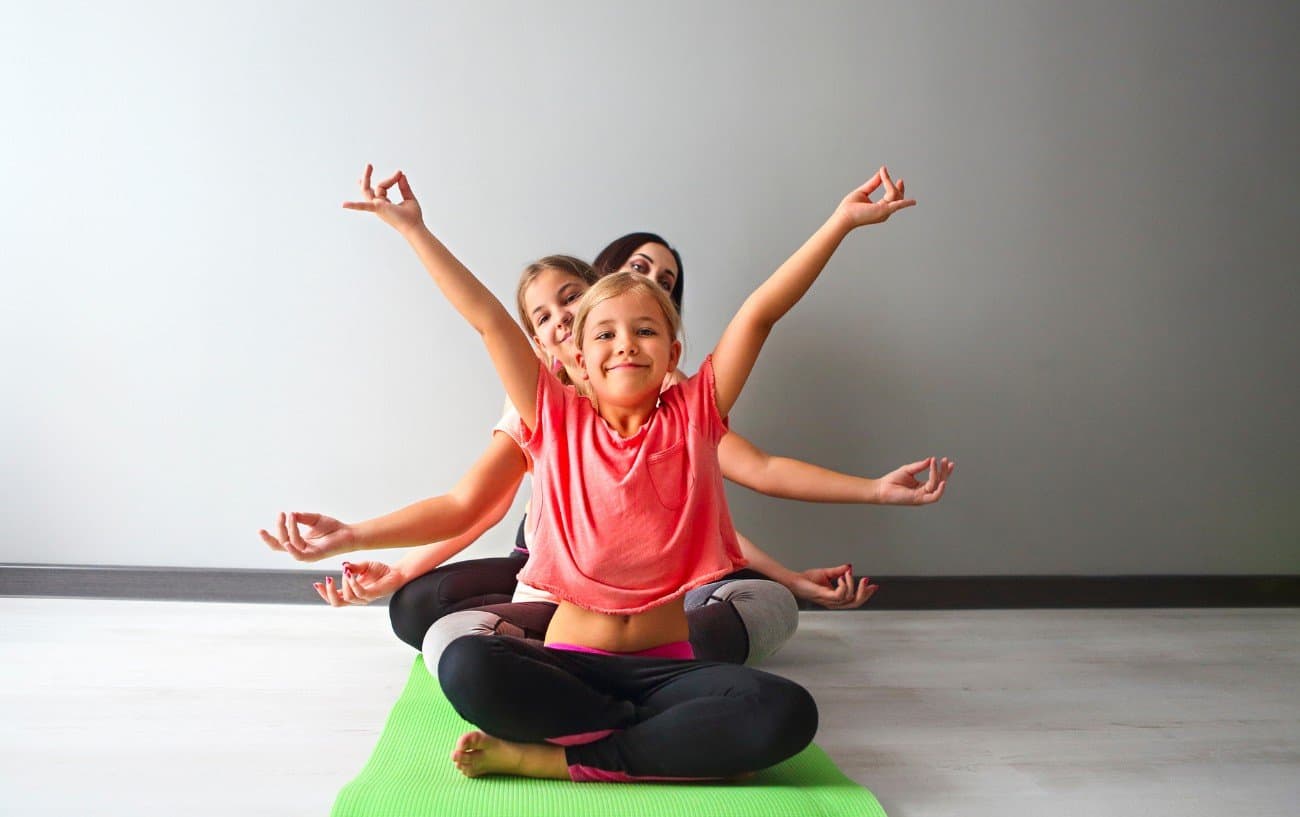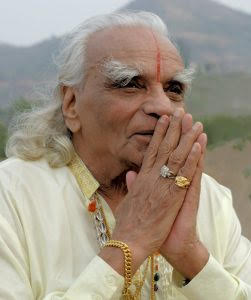
Be sure to be healthy before you try the shoulder-stand. This pose should be avoided by people who are suffering from neck injuries, high blood pressure, or headaches. Women should avoid this pose during their periods. Talk to your doctor if you are unsure about your ability to do the shoulder stand. Take a 3-week Yoga Retreat if this is something you're not familiar with. This course will show you how to perform basic yoga poses such as the shoulder stand.
Salamba Sarvangasana
Salamba Sarvangasana (or Salamba Sarvangasana) is a very important yoga pose. It reduces body weight, strengthens core, and tones abdominal muscles. It balances the neurological, respiratory, and circulatory systems. It helps prevent varicose and high blood pressure.
It is often called the "Mother of all asanas." It takes practice to master and maintain a high level lift. Once practiced, it becomes a quieting posture. For beginners, it is a good idea to start early in the sequence.
Stand on your shoulders
Shoulderstand is a foundational posture that is good for strengthening the shoulders and back. To get started, place your hands shoulder width apart and place them parallel to the floor. Begin by straightening and walking your hands along the floor. Ten minutes. Try another pose if you have trouble with the Plow pose.

As you slowly work your way up to the full shoulder stand, you should make sure that you do not strain your neck. Avoid tightening your legs. It will stop blood from flowing properly. Also, avoid pointing your fingers or raising your head. Remember that the shoulder-stand pose is not recommended for those who are elderly or injured.
Props for a shoulder stand
It takes time and effort to do shoulder stand correctly. Props can help to protect the neck and shoulders and they can also make the pose more accessible to people with physical limitations. To keep the shoulders from collapsing on the neck, props can be as simple and as basic as a blanket or strap.
A great support for shoulder standing is blankets or folded towels. The blankets will be thicker and more stable if the edges are folded. Place your head just in front the edge of each blanket. Your shoulders may shift back as you continue to practice the pose, so make sure to keep an eye on the position of your shoulders.
With blocks, you can make a shoulder stand
A shoulder support with blocks will help you have a more stable position. These blocks are made of natural rubber and are very supportive. They can be used to assist you in other poses, such as supported back bends and sitting twists. There are two sizes to choose from: small and large.
Begin by standing with your feet on the ground. Then, place a small block under your sacrum, which is the triangle of bony at the base and pelvis of your low back. Your knees should be bent and your hips should be pushed in towards your chest. You can lift your knees, lower your back and bring your hips down to the mat when you feel comfortable.

Shoulder stand with blankets
To practice shoulder stand, place a blanket or stiff foam block on your shoulders. Use blankets that are sufficiently large and level to support your shoulders. You can stack blankets in a way that their edges face the same way to make them more stable. This will prevent your neck getting sore or sagging.
Your sacrum can be supported by blankets or blocks. You can perform this pose by aligning your shoulders with one side of the blanket. Then, lift your head up to the other side. Once you are comfortable, extend one leg and place it on the chest. Next, breathe in and around the other knee. If you are having trouble balancing, you can also face a wall to keep your balance.
FAQ
What are the advantages of yoga for beginners
Yoga can help you improve your posture, flexibility and strength as well as your breathing control, relaxation, mental clarity, and overall posture. Yoga helps you to be more aware yourself, others, the world, and everything around you.
Yoga can help you live life fully. You learn to listen. Accept yourself for who you are. It is possible to let go tension and stress.
It is possible to relax and enjoy your life.
How does yoga change your body?
Yoga can help you relax and stretch. You will also feel great. This is due to yoga improving flexibility, strength, stress management and overall health. This results in better sleep, increased concentration, and more energy.
Yoga also increases blood flow, making you less likely to have colds and flu. This is because breathing deeply during yoga increases the amount of oxygen reaching your brain.
Yoga also relieves tension and pain. The postures are good for strengthening muscles and joints.
Therefore, you should practice yoga regularly to keep yourself healthy and happy.
Are there any yoga classes for people with special needs?
Yes, yoga studios offer specialized classes for people with disabilities. These include:
-
People with disabilities that are physically challenged who wish to improve the quality of their posture
-
People with limited mobility
-
Individuals living with arthritis
-
Recovering from injuries
-
The elderly
These classes are for anyone you know who would benefit.
How long do yoga classes take?
Yoga classes typically last between 45 and 90 minutes. Some teachers offer shorter and longer sessions at different times of the week.
Statistics
- Start your Fall off right with 20% off All Access Membership when you sign up by 9/25! (corepoweryoga.com)
- The American Psychological Association recently shared that 84% of American adults feel the impact of prolonged stress (5). (healthline.com)
- According to the Agency for Healthcare Research and Quality, falls are incredibly common among older adults in nursing facilities. Even the simplest ones can increase the risk of death (24). (healthline.com)
- The people in the yoga group were 37 percent more likely to have quit smoking by the end of the 8-week program. (nccih.nih.gov)
- Gentle yoga has been shown to ease some of the discomforts of tender, swollen joints for people with arthritis, according to a Johns Hopkins review of 11 recent studies. (hopkinsmedicine.org)
External Links
How To
What is the best location to practice yoga in?
There is no right or wrong way of practicing yoga. Each person has their own style. It is enough to find the position that feels most comfortable for you.
Here are some common poses:
Standing poses – Standing poses are perfect for beginners. These poses make it easier for you to focus on your breath.
Forward bends – Forward bends can be used to loosen tight areas in the body. They can be used while lying down or sitting.
Backbends - Backbends are generally considered advanced poses. If you want to try one, you should seek advice from your instructor.
Inversions: Inversions are poses where you balance on your side. This type of yoga can be challenging but rewarding.